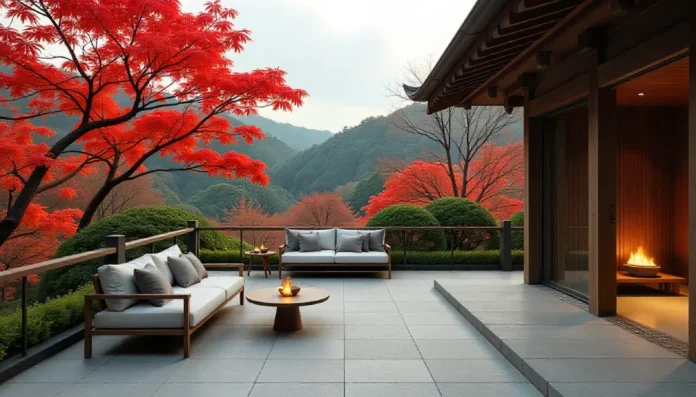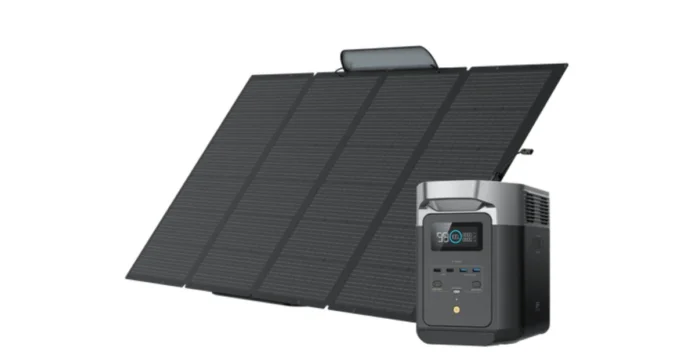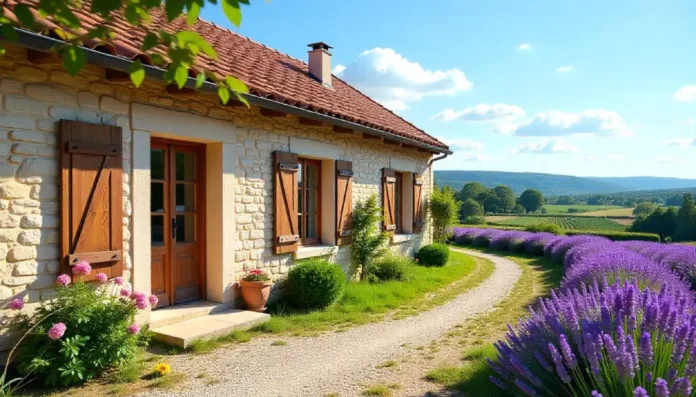Simple patios and garden benches are no longer the only aspects of outdoor living. These days, design is all about adaptability, health, and authentic experiences that connect indoor and outdoor spaces. The way Australians live outdoors is being revolutionized by trends such as modular rooms, sensory-driven floor plans, and locally rendered materials. With style, comfort, and functionality combined under one vision, residents create spaces with a sense of purpose, personality, and readiness for daily living and entertaining equally.
Multi-Sensory Design
Outdoor spaces are becoming atmospheres that involve more than vision. Scented garden schemes involving lavender, jasmine, or native Australian herbs influence mood and deter insects. Soundscaping with concealed speakers or small water features conceals city noise. From glass-smooth stone paving to wood-covered rough timber walls, textural difference creates immersive atmospheres. Poynter Landscape incorporates these sensory details into designs that anchor memories and make day-to-day occupation more enduring.
Convertible Outdoor Rooms
Instead of clamped-down arrangements, outdoor rooms increasingly feature modular elements. Sliding transparent screens create an instant partition for yoga, work hours, or dining. Louvred panels that adjust allow a deck to be a shaded refuge or open living area. Retractable roofs and foldaway walls expand usage without immobilized bulk. Quickly changing, these outdoor rooms adapt to unpredictable weather and social requirements.
Vertical Green Architecture
Traditional ground-level gardens are giving way to layered vertical greenery. Living walls, pergola-mounted planters, and trellis systems expand planting without consuming valuable floor space. Edible climbing crops like beans and passionfruit combine food production with natural screening. Vertical design also improves microclimates by cooling walls and filtering air. As blocks shrink, this method multiplies green impact in limited areas.
Experimental Outdoor Kitchens
Multi-function cooking zones are replacing basic barbecues. Pizza ovens, smoker units, and induction cooktops enable a wider range of cuisine outdoors. Cold storage, hidden prep benches, and retractable covers improve efficiency. The outdoor kitchen is no longer an add-on but a fully integrated culinary station. This approach allows entertaining without retreating inside to cook.
Immersive Water Integration
Water features are evolving from decorative to interactive—shallow reflection pools double as cooling zones where people can dip their feet. Narrow channels running through seating areas simultaneously provide sound, movement, and natural cooling. Even plunge pools are installed in small courtyards, maximising wellness value without requiring sprawling land. Water now defines both atmosphere and engagement.
Lighting as Art
Rather than simply functional, lighting design now acts as sculptural art. Fibre optic strands woven into the decking mimic star patterns beneath the feet. Laser-cut metal lanterns cast shifting shadows across walls, creating atmosphere without excess brightness. Smart controls adjust tones from energising white to warm amber depending on the occasion. Lighting, therefore, extends usability while adding cultural expression.
Locally Sourced Materials
Instead of importing foreign stone, wood, and clay to the ends of the earth, the local homeowners prefer locally sourced stone, wood, and clay finishes. The impact on the environment will be reduced with locally sourced materials to ensure the material will fit the climate. Those antique touches come in the form of handmade furniture and artisan tile work that will make an outdoor area easier to fake with mass-produced fixtures.
Emerging outdoor living approaches emphasise adaptability, wellness, and cultural expression rather than conventional features. Convertible rooms, vertical planting, and immersive water elements redefine comfort and functionality. Locally sourced finishes and sensory design make these spaces meaningful while remaining practical. One overlooked yet valuable idea is integrated outdoor storage, which keeps clutter hidden and ensures every trend remains visually striking.



